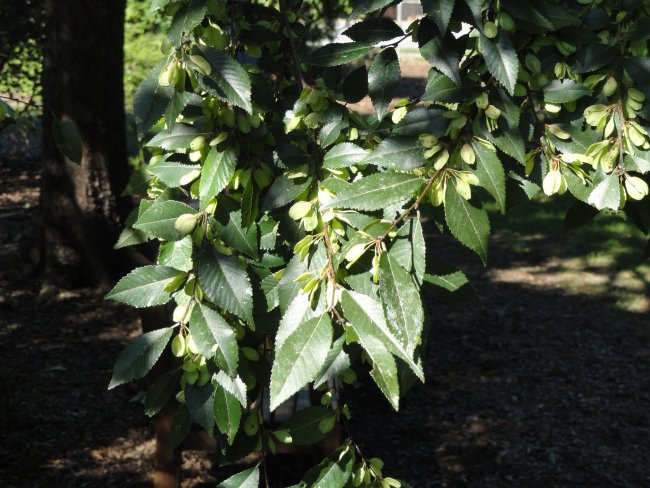Climate Matching Map
| Attachment | Size |
|---|---|
| ClimateMatch_AZ_Ulmus_parvifolia.pdf (1.09 MB) | 1.09 MB |
1. Question 1
2. Question 2
3. Question 3
4. Question 4
5. Question 5
6. Question 6
7. Question 7
8. Question 8
9. Question 9
10. Question 10
11. Question 11
12. Question 12
13. Question 13
freeze. Freshly collected fruits should be air-dried for a few days before being sown or stored. Ulmus parvifolia seed has a viability period of 0.5 years (Bonner & Karrfalt, 2008). From these data it is inferred that Ulmus parvifolia does not produce seeds of high viability or longevity, but might make up for it in numbers of seed. A Yes answer is given because the plant produces viable seeds commonly enough to self-seed and naturalize to a notable degree in some settings, including in Phoenix (Martin, 2023) which does not experience a hard freeze.







